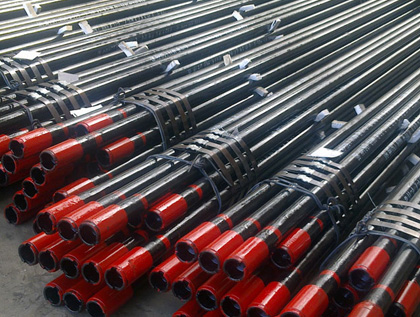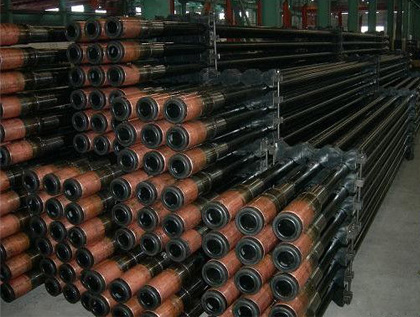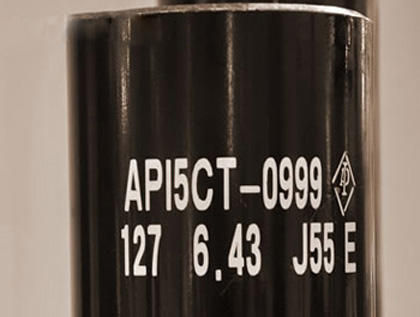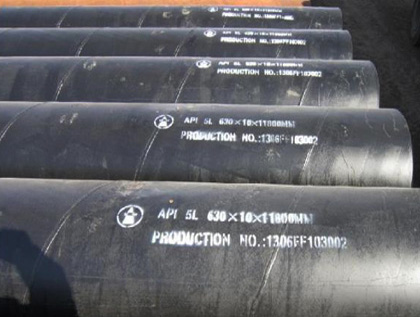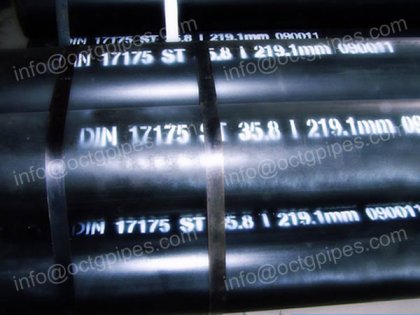offshore pipeline advantages and disadvantages
Offshore pipeline is broadly used to transfer considerable amounts of oil pipeline around the seabed through the closed tubes, which are key parts of the offshore oil (gas) area development and production system. At present, it is the fastest, the safest and the most reliable and economic mode of transporting offshore gas and oil.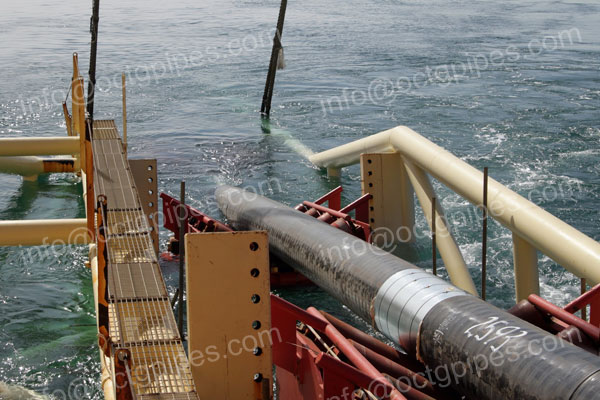
Depending on the transmitter, offshore pipeline can be divided into undersea oil pipelines, submarine gas pipelines, undersea gas and oil mixed transportation pipelines and underwater aqueduct. However, based on the structure, offshore pipes are divided into double insulation pipes and single pipes.
The Advantages of the Offshore Pipeline
Little the influence of environment conditions, offshore pipe can transport the oil or gas continuously. It does not force the oil fields to reduce output or stop, due to the limitations of offshore oil storage facility capacity or shuttle tanker without picking promptly. Therefore, oil transportation efficiency is very high and oil tanker capacity is large. In addition, submarine pipeline construction is short with fast production. Moreover, it is convenient to manage and operate. And the operation cost is too low.
The Disadvantages of the Offshore Pipeline
Because the pipeline is under the seabed and most of them need to be hidden in the seabed soil with particular depth, inspection and maintenance will meet much more difficulties. Some pipelines (especially vertical pipe riser stack), are greatly impacted by wind, waves, tide, and ice, etc. in the tidal range or wave breaking zone. Sometimes, the pipelines may be hit by floats in the ocean or anchor broken by the ship
Get In Touch


